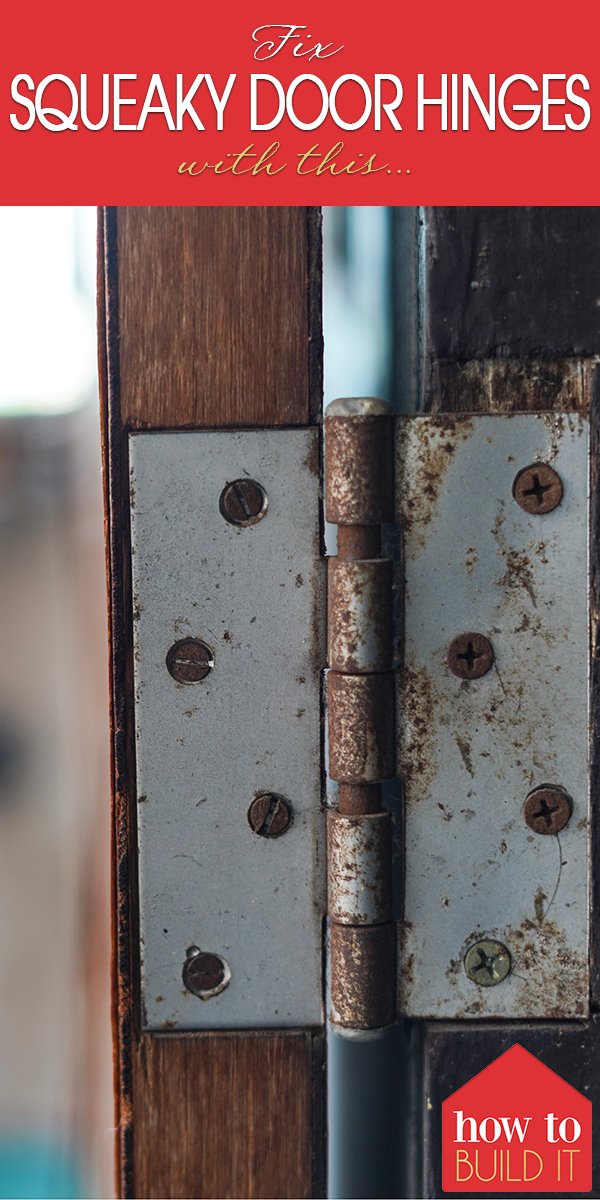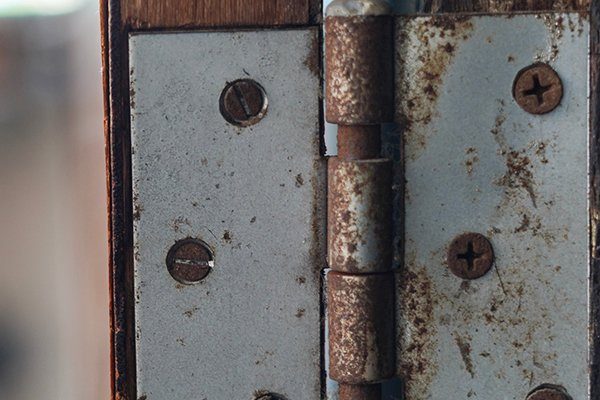
Let’s imagine for a moment that your door is like a well-rehearsed dancer. When it moves smoothly in one direction, there’s no friction, no loud noise, just grace. However, when it swings back the other way, it’s like the dancer stumbles, catching on something unseen. So why does this happen, and what can you do about it? Let’s dig deeper into the world of door hinges and their quirky behaviors.
Understanding How Hinges Work
Before we get into the squeaking specifics, let’s break down what a door hinge actually does. A hinge is, essentially, a mechanical device that allows doors to swing open and closed. It’s made up of two plates joined by a pin, allowing for rotation around a fixed point. Think of it as a pivot point that facilitates movement with ease.
When a door swings freely, the hinge allows pivoting without much resistance. However, if something is misaligned or worn down, it can create tension that leads to squeaking. Picture a well-oiled bike chain gliding smoothly versus a rusty one that clinks and clanks—it’s the same principle at play here.
So, why does your door hinge squeak in only one direction? This can often be traced back to how the weight of the door shifts during opening and closing. If one side of the hinge takes on more weight or strain, it can create noise when that direction is used.
Common Reasons for One-Directional Squeaking
You might be wondering why a hinge would squeak only when opening or closing in a certain direction. Here are the *most common culprits*:
- Uneven Installation: Sometimes, the way a door is hung can be slightly off. If the top or bottom of the door isn’t aligned properly, it can cause the hinge to bear more weight in one direction.
- Lack of Lubrication: Over time, hinges can dry out. If you’ve lubed them before, the lubricant might have worn away on one side more than the other, resulting in a squeak.
- Worn or Damaged Hinges: Hinges can suffer from wear and tear, leading to uneven movement. If one part of the hinge is damaged, it might only squeak when the door swings in one direction.
These factors can affect how your door operates. Being aware of them can help you identify the root of the issue quickly.
The Role of Lubrication in Squeaks
Lubrication is like a magic potion for door hinges. It helps reduce friction and allows the hinge to move smoothly. When you hear a squeak, it often means it’s time to take a closer look at how well-oiled your hinges are.
Here’s how to check and apply lubrication:
1. Identify the Squeaky Hinge: Open and close the door to pinpoint exactly where the squeak is coming from.
2. Choose Your Lubricant: Use a silicone spray or even a light machine oil, avoiding thick lubricants that can attract dirt.
3. Apply Sparingly: Spray or apply a small amount to the hinge, ensuring it penetrates the joints.
4. Move the Door: Open and close the door several times to help distribute the lubricant evenly.
After this simple maintenance, you should notice a significant reduction in squeaking, especially when moving in both directions.
Exploring Door Alignment Issues
Have you ever moved into a new home and found that some doors just don’t close right? This could be due to alignment issues. When a door isn’t hung evenly, it can create uneven pressure on the hinges.
A door that’s slightly lower on one side means more weight on that side of the hinge. When you open or close the door in that direction, it may create extra tension, resulting in a squeak. Here’s how to check for alignment:
1. Visual Inspection: Look at the gap between the door and the frame on both sides. It should be even.
2. Use a Level: If the door appears misaligned, place a level against the door to see if it’s even.
3. Adjust the Hinges: If you find it’s uneven, you can adjust the screws on the hinges to lift or lower the door slightly.
This step may seem daunting, but it’s often a DIY fix that can save you the trouble of calling in a professional.
Checking for Wear and Tear on Hinges
Over time, hinges can wear out, and this can lead to squeaking, especially in one direction. A hinge that’s constantly under strain may develop problems that need attention.
To check for wear and tear, consider the following:
– Rust or Corrosion: If your hinges are metal and exposed to moisture, they might rust. Check for any signs of rust that could be causing friction.
– Bent or Damaged Parts: Examine the hinge for any visible damage. A bent pin or plate can cause a hinge to work improperly.
– Loose Screws: Sometimes, the screws attaching the hinge to the door or frame can become loose, leading to movement that might cause noise.
If the hinge looks worn or damaged, it might be time to replace it. New hinges are often easy to install and can greatly reduce noise issues.
The Importance of Regular Maintenance
Just like you take care of your car or your home, your door hinges need some TLC too. Regular maintenance not only keeps your doors quiet but also extends their lifespan.
Here’s a quick checklist for hinge maintenance:
- Inspect Regularly: Check your hinges every few months for rust, damage, or misalignment.
- Lubricate Often: Apply lubricant at least twice a year or whenever you notice a squeak.
- Keep Clean: Wipe away dust and grime that can build up and affect how smoothly your hinges operate.
By keeping up with these simple tasks, you can save yourself from squeaky doors and the hassle of repairs down the line.
So, why does your door hinge squeak in only one direction? It often comes down to a few simple factors like uneven weight distribution, lack of lubrication, and wear and tear. By keeping your hinges properly maintained and addressing any alignment or damage issues, you can keep those pesky squeaks at bay.
Taking the time to care for this small detail in your home can make a big difference in your overall comfort. Remember, just like that graceful dancer, your door deserves to move smoothly and quietly, no matter which direction it swings.
